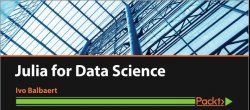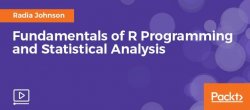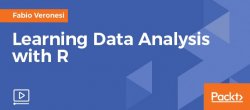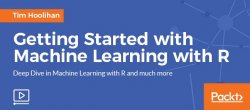
Comprehensive guide to learn data science for a Julia programmer, right from the exploratory analytics part to the visualization part
About This Julia Video course
- Follow a practical approach to learn Julia programming the easy way
- Get an extensive coverage of Julia’s packages for statistical analysis
- This video-based approach will help you get familiar with the key concepts in Julia
Julia video tutorial In Detail
Want to handle everything that Julia can throw at you and get the most of it every day? This practical guide to programming with Julia for performing numerical computation will make you more productive and able to work with data more efficiently.
The video course starts with the main features of Julia to help you quickly refresh your knowledge of functions, modules, and arrays. We’ll also show you how to utilize the Julia language to identify, retrieve, and transform data sets so you can perform data analysis and data manipulation. Later on, you’ll see how to optimize data science programs with parallel computing and memory allocation. You’ll get familiar with the concepts of package development and networking to solve numerical problems using the Julia platform.
This video course includes recipes on identifying and classifying data science problems, data modelling, data analysis, data manipulation, meta-programming, multidimensional arrays, and parallel computing. By the end of the course, you will acquire the skills to work more effectively with your data.


















